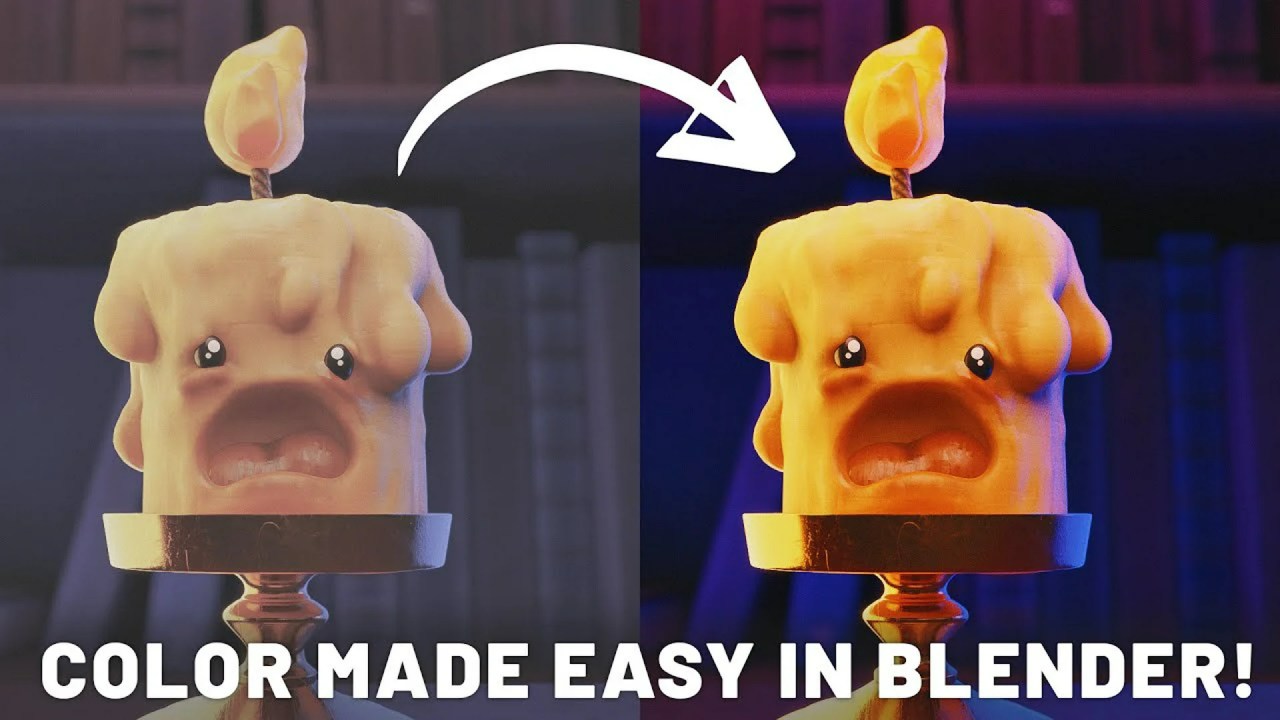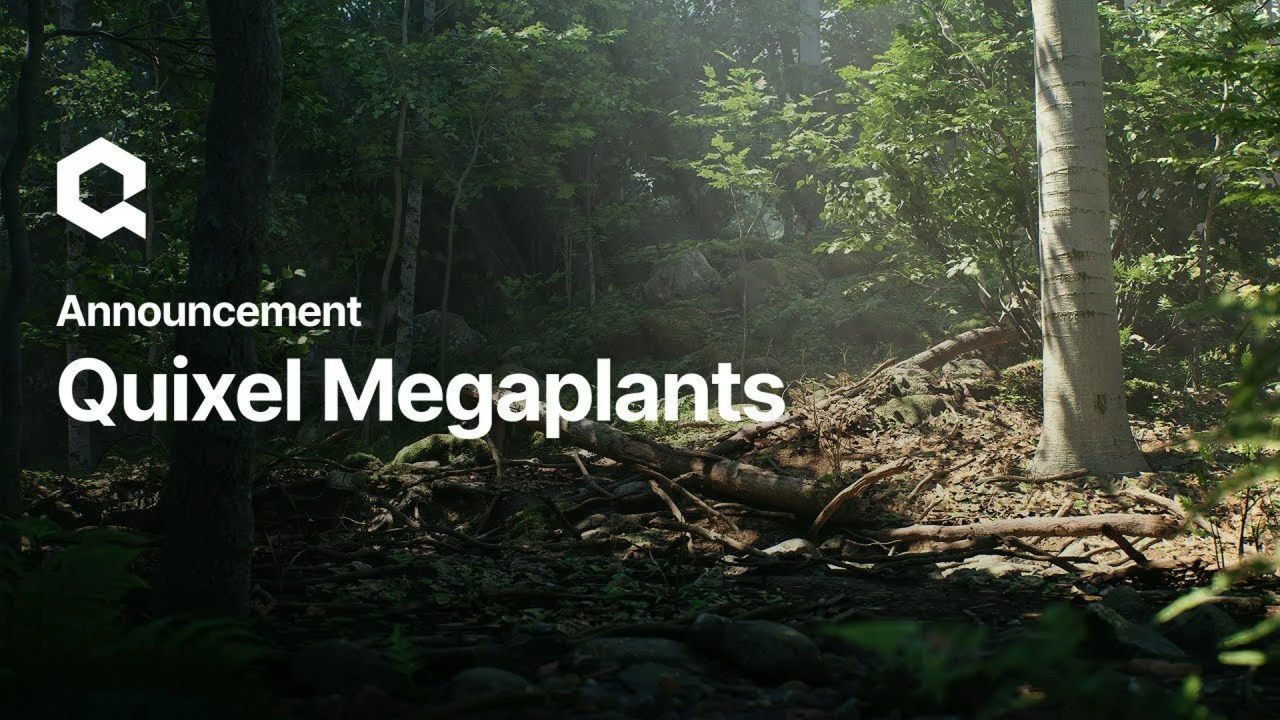Discover how Athena Productions crafts functional, game-ready vehicle concept art. This tutorial by Creative Director Ellie Cooper breaks down the brutalist design process, from initial sketches to detailed 3D models, ensuring form truly follows function.
Have you ever wondered how the intricate vehicles you command in your favorite games come to life? Or perhaps you’re an aspiring concept artist grappling with the challenge of designing objects that are not only aesthetically pleasing but also perfectly functional within a game’s ecosystem? Crafting vehicles for video games is a nuanced art, demanding a keen eye for aesthetics alongside an understanding of gameplay mechanics and narrative integration. It’s a process where every bolt, panel, and contour serves a purpose, ensuring that form and function are in perfect harmony.
In this insightful tutorial, Ellie Cooper, Creative Director at Athena Productions, an outsourcing studio specializing in video game development, takes us behind the scenes. She meticulously outlines their process for designing a military Light Utility Vehicle (LUV) for their “Casino Chaos” project. This isn’t just about creating a cool-looking vehicle; it’s about solving problems and ensuring the LUV is built for gameplay, grounded in realism, and ready for action.
The “Casino Chaos” Brief: Brutalist Design Meets Battlefield Reality
The “Casino Chaos” project is set against a backdrop of modern brutalist architecture, a style defined by its sharp angles, rigid, and unapologetically functional shapes. This design language dictated everything, from environments to vehicles, deliberately avoiding any hint of sci-fi sleekness. The LUV, in particular, needed to be versatile—capable of both on-road and off-road travel, faster and lighter than heavy transport, and equipped with light armor for mobility. It also had to be rugged enough for ramming while maintaining speed and handling, all while supporting future cosmetic variants and skins without losing its grounded, realistic appeal. This comprehensive brief highlights the critical role concept artists play as problem-solvers, not just designers of visually appealing objects.
From References to Refined Silhouettes
Ellie and her team initiate the design process by gathering extensive references. They delve into real-world military vehicles, industrial catalogs, and genre-defining games like Battlefield and Call of Duty, carefully selecting each piece for its unique form, intricate details, or crucial functional elements. Once the visual library is established, the sketching phase begins, always progressing from the general to the specific. Initial 2D silhouette sketches are crucial. They focus on broad shapes, readability, and rapid iteration, understanding that the first idea is rarely the best. These early explorations strictly adhere to the brutalist aesthetic, consciously sidestepping rounded or elegant forms to preserve a distinct military machine identity. From these, three promising options are chosen for further development.
The Hybrid Approach: 2D/3D Synergy
The selected options then transition into a 2D/3D hybrid sketching method. Using primitive shapes, the team quickly blocks out the vehicle’s body in 3D. This allows for rapid iteration and testing of silhouettes from various angles, ensuring perspective accuracy. Even components like wheel arches are designed with brutalist sharp angles, guaranteeing full wheel articulation for functional gameplay. They then leverage Photoshop for 2D paintovers directly on these 3D blockouts, adding finer details to elements like the vehicle’s front. This iterative process balances an aggressive look, suitable for ramming, with practical considerations such as engine ventilation and overall believability. Throughout these early stages, feedback from teammates and clients is invaluable, ensuring the design stays on track.
Hard Surface Modeling and Final Touches
Once the design direction is locked, the team creates a full hard surface model in Blender. This 3D pipeline is highly efficient, saving significant time later when creating turnaround sheets. The focus remains on maintaining a consistent design language from every angle. Key decisions are made regarding light armor placement and vehicle mounts, while wheels and wheel arches are configured for both protection and mobility, keeping the vehicle’s center of gravity low for stability and power. Detailing progresses systematically, from large shapes and silhouettes to smaller components like vents, panels, and bolts, each element reinforcing the vehicle’s intended function.
Color schemes are kept plain with subtle variations, anticipating future skin designs and reflecting the understated nature of military vehicles. The team avoids excessive rust or wear, portraying the LUV as a well-maintained military asset, aligning with the project’s narrative of a well-funded casino and arms dealer. Finally, a detailed turnaround sheet is created primarily for 3D artists, communicating every necessary detail for modeling and texturing without constant back-and-forth. This includes front, rear, side, top-down, and 3/4 views, along with material callouts and scale. Lighting for turnarounds is kept balanced to reveal form without losing detail in harsh shadows. Once approved, fun skin variations are explored, adapting the vehicle’s appearance across different contexts without appearing cartoonish or gimmicky, and catering to players who collect cosmetic items.
Conclusion: Purpose-Driven Design
Ultimately, designing a military LUV for a modern first-person shooter involves serving gameplay, supporting narrative, fitting the project’s art direction, and providing a confident foundation for the 3D team. Every design element has a purpose, reinforcing the principle that form truly follows function. Athena Productions showcases how a structured, iterative, and feedback-driven approach can lead to compelling and functional game assets. For more insights into their work, you can connect with Athena Productions on their LinkedIn, Instagram, ArtStation, and Pinterest pages.
Ready to apply these techniques to your own projects? Dive deeper into 3D creation by exploring our dedicated Blender category for more tutorials and tips. For those looking to refine their digital sculpting and modeling skills, our extensive Blender 3D Modeling section offers a wealth of resources to help you bring your own vehicle concepts to life.



